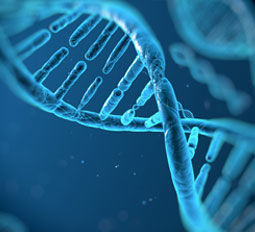This study at characterizing the morphological phenotype of NSG mice and their humanized counterparts. CD34+ hu-NSG murine model was generated via perinatal intrahepatic injection of human CD34+ fetal liver cells into NSG mice after preconditioning irradiation. Another purpose of this study was to assess the spectrum of histopathological lesions and identify the main causes of morbidity and mortality in young NSG mice and CD34+ HSC hu-NSG mice. Indeed, despite the increased popularity of these animal models in preclinical research, data on this topic are very sparse. The study describes the most common pathological features in young NSG mice after human hematopoietic stem cell engraftment. Mice frequently showed nephropathy, ovarian atrophy, cataract, and abnormal retinal development, lesions considered secondary to irradiation. In addition, 20% exhibited multisystemic granulomatous inflammatory infiltrates, dominated by human macrophages and T cells, leading to the observed 7% of mortality and morbidity. As some of these lesions contribute to morbidity, morphological assessment of the engraftment at tissue level might help improve immunophenotypic evaluations of this animal model.
Blümich S, et al. Human CD34+ Hematopoietic Stem Cell-Engrafted NSG Mice: Morphological and Immunophenotypic Features. Vet Pathol. 2020 Sep 9:300985820948822. doi: 10.1177/0300985820948822.
Human CD34 + Hematopoietic Stem Cell-Engrafted NSG Mice: Morphological and Immunophenotypic Features

Julie Vendomele
Scientific Project Manager
After a bachelor's degree in biology, Julie integrates a master in Immunology at the Pierre et Marie Curie University in Paris. Then she joined Genethon laboratory, where she passes her PhD in Immunology in 2018. After an experience as a site manager in a private school, she joins Abcell-bio as Sales Manager. In 2021, she evolved as our scientific project manager, to manage R&D projects. She also provides scientific advice to customers.

